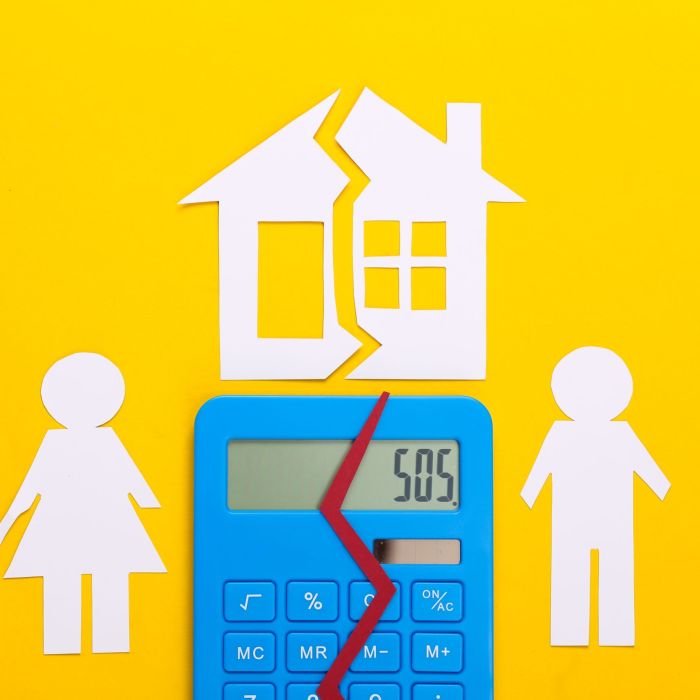The Federal Open Market Committee (FOMC) has never had an easy job. Every meeting, policymakers sift through mountains of data to make decisions that inevitably spark debate. But under the shadow of Donald Trump’s return to the White House, the committee’s task has become even trickier. The president’s “America First” approach, including sweeping tariffs on some of the U.S.’s biggest trading partners, is complicating the Fed’s ability to gauge the trajectory of the U.S. economy.
Federal Reserve Chair Jerome Powell addressed these challenges this week after the FOMC’s decision to keep the benchmark interest rate steady at 4.25% to 4.5%. “It’s extremely difficult to pinpoint how much inflation is coming from tariffs versus other factors,” Powell explained. “You may have noticed that goods inflation spiked significantly in the first two months of the year. Tracking it back to specific tariff increases… is incredibly tough.”
Rate Cuts Still on the Horizon
One of the more contentious developments from this week’s FOMC meeting came from its Summary of Economic Projections (SEP). Many Fed policymakers still anticipate at least two interest rate cuts this year, though this number has dropped from earlier expectations. At the same time, projections for 2025 GDP growth were revised downward, from 2.1% in December to 1.7% in March, and inflation expectations nudged up slightly to 2.7%.
Powell acknowledged the uncertainty surrounding these projections: “It’s tough to know exactly how this will play out. We think our policy is in a good place, but for now, it’s wise to wait for more clarity.”
Slow and Steady Relief
Those expecting quick action from the Fed may find little comfort in Powell’s words. The post-pandemic economic shock and resulting interest rate hikes have taken a toll on the mortgage market. Residential mortgage volumes plummeted from $1.22 trillion in Q2 2021 to just $323.53 billion in Q1 2023, and while there’s been some recovery, the market remains far from stable.
Emanuel Santa-Donato, Senior Vice President and Chief Market Analyst at Tomo Mortgage, pointed out that the Fed’s latest moves were expected, with a focus on slow and measured relief. “Rate cuts are coming, but don’t expect them to be fast or aggressive,” he said. “The Fed’s message is clear: any relief will be gradual and cautious.”
Mortgage rates, while slightly lower than their peak in October 2023 (when they reached 7.87%), remain a significant hurdle for prospective buyers. Today, the average 30-year rate sits at 6.80%. “Homeowners who refinanced at historically low rates are reluctant to sell and trade up to higher rates,” said Rob Cook, a vice president at Discover Home Loans. “This has contributed to a shortage of homes on the market, further limiting supply.”
A Toll Deadline Looms
April 2 looms as a critical date for the global economy, marking the point when Trump’s universal tariffs are set to take effect. These tariffs would match every tariff imposed by other nations on U.S. exports. If they go through, the impacts could ripple across several industries, including homebuilding.
The Trump administration has reportedly explored an alternative approach, dividing countries into three tiers and charging different rates accordingly. But this plan was dropped in favor of a more tailored approach to each trading partner, according to White House Press Secretary Karoline Leavitt.
While the tariffs and rising inflation may fuel job losses and economic slowdown, a potential recession might not spell disaster for home sales. Odeta Kushi, Deputy Chief Economist at First American Financial Corp., suggested that if the economy softens, the Fed may respond by lowering rates, which could bring more buyers into the market. However, Santa-Donato cautioned that this could lead to higher home prices, as more buyers compete in a market with limited supply.
“If the Fed cuts rates meaningfully, competition will intensify,” he said. “In a market with restricted supply, affordability may not improve as much as buyers hope. Lower rates won’t always translate into cheaper homes.”
Uncertainty Reigns
Despite the uncertainty, Powell acknowledged the growing pessimism in surveys of families and businesses. But, as he pointed out, survey results often don’t align with real-world economic behavior. “There have been plenty of times when people expressed doubts about the economy, but then went out and bought a new car,” Powell said. “We’ll need more time to see if this pessimism translates into changes in consumer behavior.”
As the FOMC navigates a volatile landscape, one thing is clear: navigating the economic complexities of tariffs, inflation, and market uncertainty is no small task.









